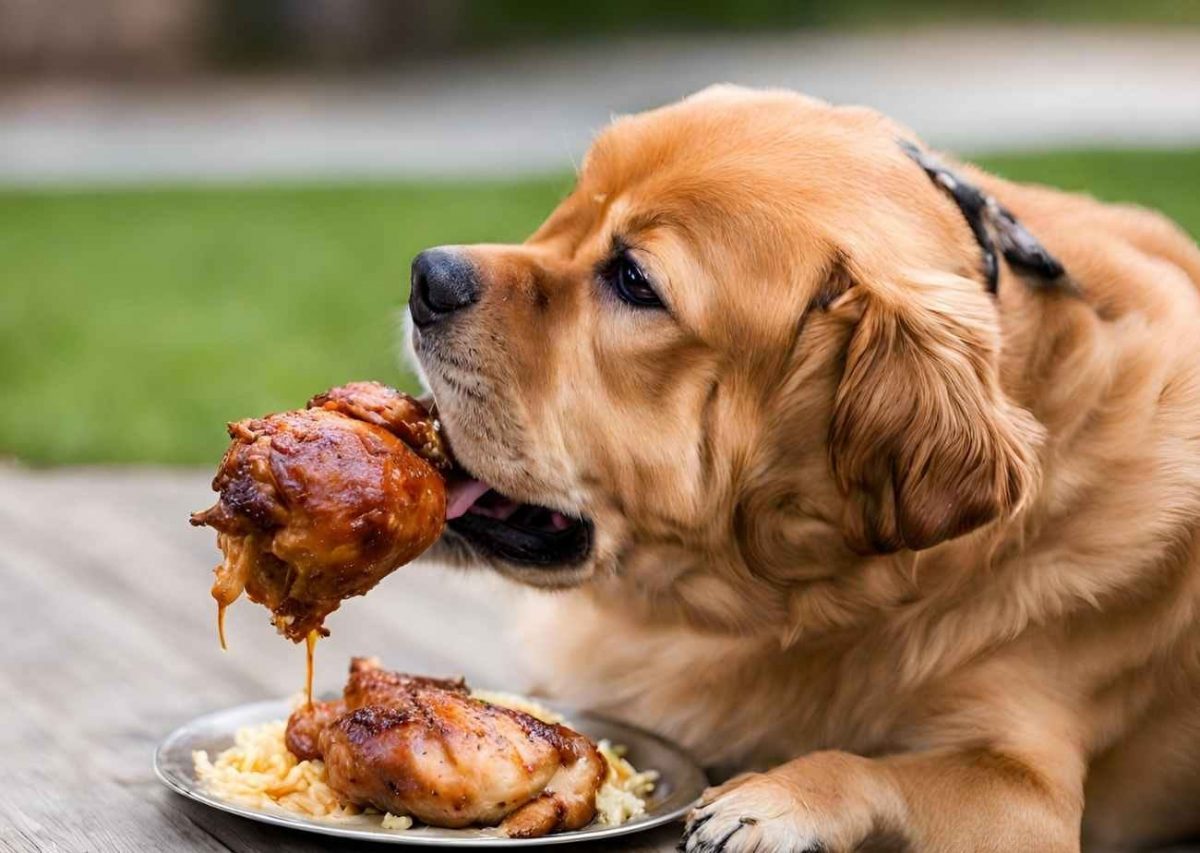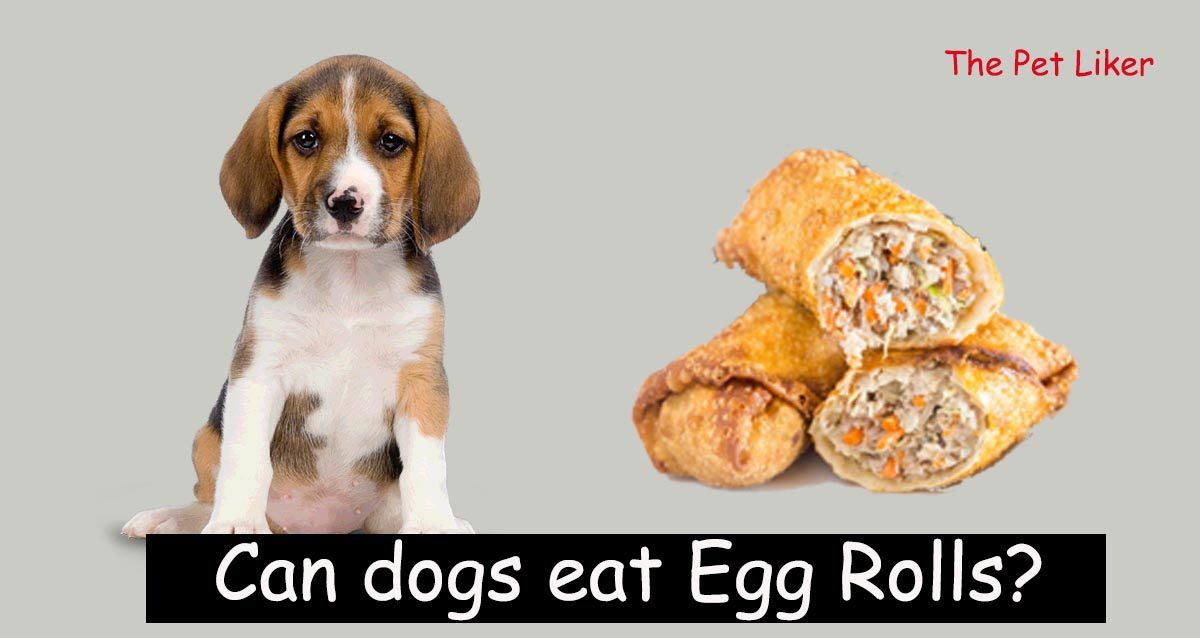Gouda cheese is a widely cherished variety of cheese that originates from the Netherlands. Made from pasteurized cow’s milk, this cheese is celebrated for its rich, creamy flavor and smooth texture. The aging process for Gouda cheese can range from a few weeks to several years, with the longer aging periods resulting in a more intense and robust flavor. This versatility in aging allows Gouda to offer a range of taste experiences, from mild and buttery to sharp and complex.
Loved for its adaptability, Gouda cheese can be enjoyed in numerous ways. Whether it’s sliced for a sandwich, melted into a savory dish, or simply savored on its own, its creamy texture and delightful flavor make it a favorite in many kitchens around the world. Its ability to complement both everyday snacks and gourmet meals ensures Gouda remains a beloved staple for cheese enthusiasts globally. So now it’s time to explore that- can dogs eat Gouda cheese?
Nutritional Profile of Gouda Cheese
Gouda cheese is a popular dairy product known for its rich, creamy flavor and substantial nutritional benefits. Below is an overview of the key nutritional components of Gouda cheese and their importance.
Protein
Gouda cheese is a significant source of high-quality protein.
- Essential for Muscle Growth and Repair: Protein is crucial for building and repairing muscle tissues. It supports overall muscle maintenance and growth, making it an important component for both active individuals and those recovering from injury.
Calcium
Gouda cheese is rich in calcium, which is vital for various bodily functions.
- Supports Bone Health and Development: Calcium is necessary for the development and maintenance of strong bones and teeth. Regular intake of calcium helps prevent bone-related diseases such as osteoporosis.
Vitamins
Gouda cheese contains several important vitamins that contribute to overall health.
- Vitamin A: Supports healthy vision, immune function, and skin health.
- Vitamin D: Enhances calcium absorption, promoting better bone health and supporting the immune system.
- Vitamin B12: Vital for nerve function, red blood cell formation, and DNA synthesis.
Fat
Gouda cheese is high in fat, particularly saturated fats.
- Provides Energy: The fats in Gouda cheese provide a concentrated source of energy.
- Saturated Fats: While necessary in small amounts for energy, excessive consumption can lead to health issues such as heart disease. Therefore, it’s important to consume Gouda cheese in moderation.
Understanding the nutritional profile of Gouda cheese can help individuals incorporate it into their diet in a way that maximizes its benefits while minimizing potential health risks.
Is Cheese Safe for Dogs?
Cheese can be a tasty treat for dogs, but it is important to consider a few factors to ensure it is safe and beneficial for your canine companion. Here are some key points to keep in mind:
Moderation is Key
Dogs can eat cheese, but it should be given in small amounts.
- Occasional Treat: Cheese should be treated as an occasional treat rather than a regular part of a dog’s diet. Small portions can help prevent potential health issues associated with overconsumption.
Lactose Intolerance
Some dogs may have difficulty digesting dairy products, including cheese.
- Digestive Issues: Dogs that are lactose intolerant can experience symptoms such as diarrhea, gas, and stomach upset after consuming cheese. It’s important to monitor your dog for any signs of lactose intolerance when introducing cheese to their diet.
High-Fat Content
Cheese is high in fat, which can lead to health problems if consumed excessively.
- Weight Gain: Regular consumption of high-fat foods like cheese can contribute to weight gain and obesity in dogs.
- Health Issues: Excessive fat intake can also lead to pancreatitis and other serious health issues. It’s crucial to limit the amount of cheese given to dogs to avoid these risks.
By understanding these factors, pet owners can make informed decisions about offering cheese to their dogs, ensuring it is done safely and in moderation. Always consult with your veterinarian before introducing new foods into your dog’s diet, especially rich foods like cheese.
Benefits of Gouda Cheese for Dogs
Gouda cheese, when given in moderation, can offer several benefits for dogs. Here are some of the key advantages that Gouda cheese can provide for your canine companion:
Protein Boost
Gouda cheese provides a high-quality source of protein, which is essential for dogs.
- Supports Muscle Maintenance and Repair: Protein is crucial for the maintenance and growth of muscles in dogs. Active dogs, growing puppies, and even older dogs can benefit from the protein found in Gouda cheese. It helps repair muscle tissues and supports overall physical health.
Calcium Intake
Gouda cheese is rich in calcium, a critical mineral for dogs.
- Promotes Strong Bones and Teeth: Calcium plays a vital role in developing and maintaining strong bones and teeth. This is particularly important for puppies who are still growing and older dogs who need to maintain bone density. Regular, but moderate, consumption of calcium-rich foods like Gouda can help prevent bone-related issues such as osteoporosis.
Training Treats
The appealing taste and texture of Gouda cheese make it an effective tool for training.
- High-Value Rewards: Small pieces of Gouda cheese can serve as high-value training treats. The rich flavor of Gouda is often more enticing to dogs than standard treats, making it a powerful motivator during training sessions. This can be particularly useful when teaching new commands or reinforcing good behavior.
By incorporating Gouda cheese into a dog’s diet in moderation, pet owners can leverage its nutritional benefits to support their pet’s health and training efforts. However, it is important to monitor the quantity and frequency to avoid potential health issues associated with excessive fat and lactose intake.
Risks of Gouda Cheese for Dogs
While Gouda cheese can provide some nutritional benefits to dogs, it is important to be aware of the potential risks associated with its consumption. Here are the main concerns:
Obesity
Gouda cheese has a high fat content, which can contribute to weight gain in dogs.
- Weight Gain: The rich, creamy nature of Gouda cheese means it is high in calories and fats. Regular consumption, especially in large amounts, can lead to obesity in dogs.
- Health Complications: Obesity can lead to a range of health problems in dogs, including joint issues, diabetes, heart disease, and a decreased lifespan.
Pancreatitis
Excessive fat intake from foods like Gouda cheese can cause inflammation of the pancreas, a condition known as pancreatitis.
- Pancreas Inflammation: High-fat foods can trigger pancreatitis, which is a serious and potentially life-threatening condition.
- Symptoms: Symptoms of pancreatitis in dogs include vomiting, severe abdominal pain, loss of appetite, and lethargy. Immediate veterinary attention is required if these symptoms are observed.
Digestive Issues
Lactose intolerance is common in dogs and can result in various digestive problems when they consume dairy products like Gouda cheese.
- Diarrhea: Lactose intolerance can cause diarrhea, which can lead to dehydration and further complications if not managed properly.
- Gas and Bloating: Consuming lactose can result in gas and bloating, causing discomfort and digestive upset in dogs.
- Stomach Upset: Even small amounts of lactose can lead to stomach upset, affecting the overall well-being of the dog.
By understanding these risks, pet owners can better manage their dog’s diet and ensure that any inclusion of Gouda cheese is done safely and in moderation. It is always best to consult with a veterinarian before introducing new foods into your dog’s diet, especially rich foods like Gouda cheese.
Introducing Gouda Cheese to Your Dog Safely
Introducing Gouda cheese to your dog can be done safely by following a few simple steps. Ensuring that your dog can tolerate Gouda cheese without adverse effects is crucial for their health and well-being. Here are the steps to safely introduce Gouda cheese to your dog:
Start Small
Introduce a tiny piece of Gouda cheese.
- Initial Trial: Offer your dog a very small piece of Gouda cheese to see if they enjoy the taste and if they can tolerate it without any immediate issues.
- Small Portion: A small amount is easier for your dog to digest and reduces the risk of any adverse reactions.
Monitor Closely
Observe your dog for any signs of digestive upset or lactose intolerance.
- Watch for Symptoms: Look for symptoms such as diarrhea, gas, bloating, or vomiting. These could indicate that your dog is lactose intolerant or has difficulty digesting cheese.
- Behavioral Changes: Pay attention to any changes in your dog’s behavior, such as lethargy or discomfort, which may also signal digestive issues.
Limit Frequency
Offer Gouda cheese only occasionally and in moderation.
- Occasional Treat: Treat Gouda cheese as an occasional treat rather than a regular part of your dog’s diet. This helps to prevent potential health issues associated with high fat and lactose content.
- Moderation: Limiting the frequency and amount ensures that your dog enjoys the benefits of Gouda cheese without the risk of obesity, pancreatitis, or digestive upset.
Conclusion
By starting small, monitoring closely, and limiting the frequency of Gouda cheese treats, you can safely include this tasty snack in your dog’s diet. Always consult with your veterinarian before introducing new foods to ensure it is appropriate for your dog’s specific health needs. Gouda cheese can be a delightful and nutritious treat for your dog when given responsibly, adding variety and enjoyment to their diet.




